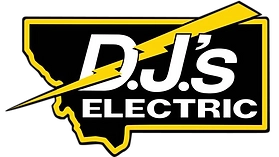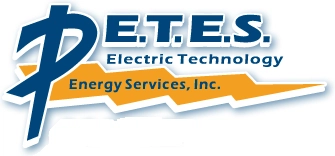Please enter a valid 5-digit zip code!
Written By Todays Homeowner Local Pros
Last Updated April 2024

Our Rating
User Rating
Free quotes
Clear pricing policy
Informative resources
Reliable customer support
Services Offered

Our Rating
User Rating
Informative resources
Free quotes
Reliable customer support
Clear pricing policy
Services Offered

Our Rating
User Rating
Informative resources
Clear pricing policy
Reliable customer support
Free quotes
Services Offered

Our Rating
User Rating
Free quotes
Reliable customer support
Clear pricing policy
Services Offered

Our Rating
User Rating
Reliable customer support
Free quotes
Family-operated business
Clear pricing policy
Services Offered

Our Rating
User Rating
Clear pricing policy
Informative resources
Free quotes
Reliable customer support
Services Offered

Our Rating
User Rating
Clear pricing policy
Reliable customer support
Free quotes
Services Offered
Today's Homeowner looks at dozens of datapoints on solar companies to come up with our data-driven rankings. It's not possible for a company to pay for preferential treatment in our rankings. We look at the following key factors in determining who should top our list:
With 7 solar companies in Montana, you certainly have a wealth of options to choose from. To simplify the process, our team has conducted research on the ten companies that strike the strongest balance between affordability, expertise, product variety, and reputation. You can get a quote or estimate from one company or multiple, but your final selection should be the right fit for your solar goals. Today's Homeowner is committed to finding, testing, and recommending you the most innovative, trustworthy, and relevant home improvement techniques, solutions, and companies. Click here to learn more about our mission and methods.
51°F
35°F
52%
65lbs CO2e/yr
1.77"
$810/yr
Today's solar energy systems can accommodate a variety of roof shapes, budgets and energy needs. Many of the providers on our list are experts in all three of the fundamental types of solar panels, and they'll help you find the right fit during the estimate process.
In the hot summers of Montana, you'll get the best results from monocrystalline panels. Each black-hued cell has only one silicon crystal, meaning you can generate more energy with a small array. While they cost more upfront due to their more involved manufacturing process, their efficiency means you'll save more money over the longer term.
Polycrystalline solar panels have dark blue cells made of multiple silicon fragments. Aside from their lower average price, they have a less wasteful manufacturing process.
However, polycrystalline panels are less space-efficient than monocrystalline panels, so you'll need more space on your roof for a high-capacity array.
Thin-film solar panels use various metal alloys instead of silicon crystals. Some homeowners select them for their light weight or greater compatibility with unique roof shapes. Others select them for their greater heat resistance and low-light performance. Thin-film arrays are a great choice for value in more "partly sunny" areas of Montana. They maintain efficiency as temperatures fluctuate and work with many different roof shapes.
Although some thin-film panel models are approximately as efficient as polycrystalline panels, other models are far less efficient or have very short lifespans.
Montana's available solar financing tools have granted more homeowners access to renewable energy than in the past. Your installer might go over the following options with you:
You might be eligible for financial incentives for installing home solar panels, like the following:
Curious about solar energy's impact on the Montana economy? These statistics paint a good picture of the growing solar market in your area.
Want more information on Montana's solar opportunities, incentives, and regulations? Visit these online pages and reference guides:
If you want to start small or you want to install fewer panels, a solar water heating system might be the best starting point. However, if you have the budget and space for a photovoltaic array that can power your entire home, you'll have the best possible value and versatility.
When it comes to your energy needs, solar is the most flexible. You can rely on it to power your light fixtures and appliances, or use it as you need it to support your HVAC system or water heater. It's easy to expand a solar array if you need more capacity, and you can usually send energy back to your city's grid for credit.
In today's market, homeowners can choose from three main types of solar panels: monocrystalline, polycrystalline, and thin-film. Monocrystalline panels are the most efficient, with a conversion rate of up to 22%. Polycrystalline panels convert around 17%, while thin-film panels convert only around 15%.
Before hiring any contractor, you should confirm their expertise and credentials to ensure they're qualified for your project. A quality contractor will keep an unobtrusive and safe work environment, find ways to minimize your costs without compromising on safety or efficiency, and practice clear and regular communication.
On average, a homeowner in Montana can expect to pay about $2,420 per kW for their solar panels. However, this number will vary depending on several factors, including the panel wattage and the quality of the solar panels you select.
The best time to get solar panels on your property is whenever you can save the most money on your electricity bills. You will probably want to schedule it during the season immediately before your power bills have their greatest increase, usually in the spring or fall.
You can improve your solar system's efficiency by cleaning your panels as scheduled, making sure there are no obstructions like tree branches, and upgrading your microinverter or DC optimizer as needed. Your contractor may include panel maintenance as part of a comprehensive plan.